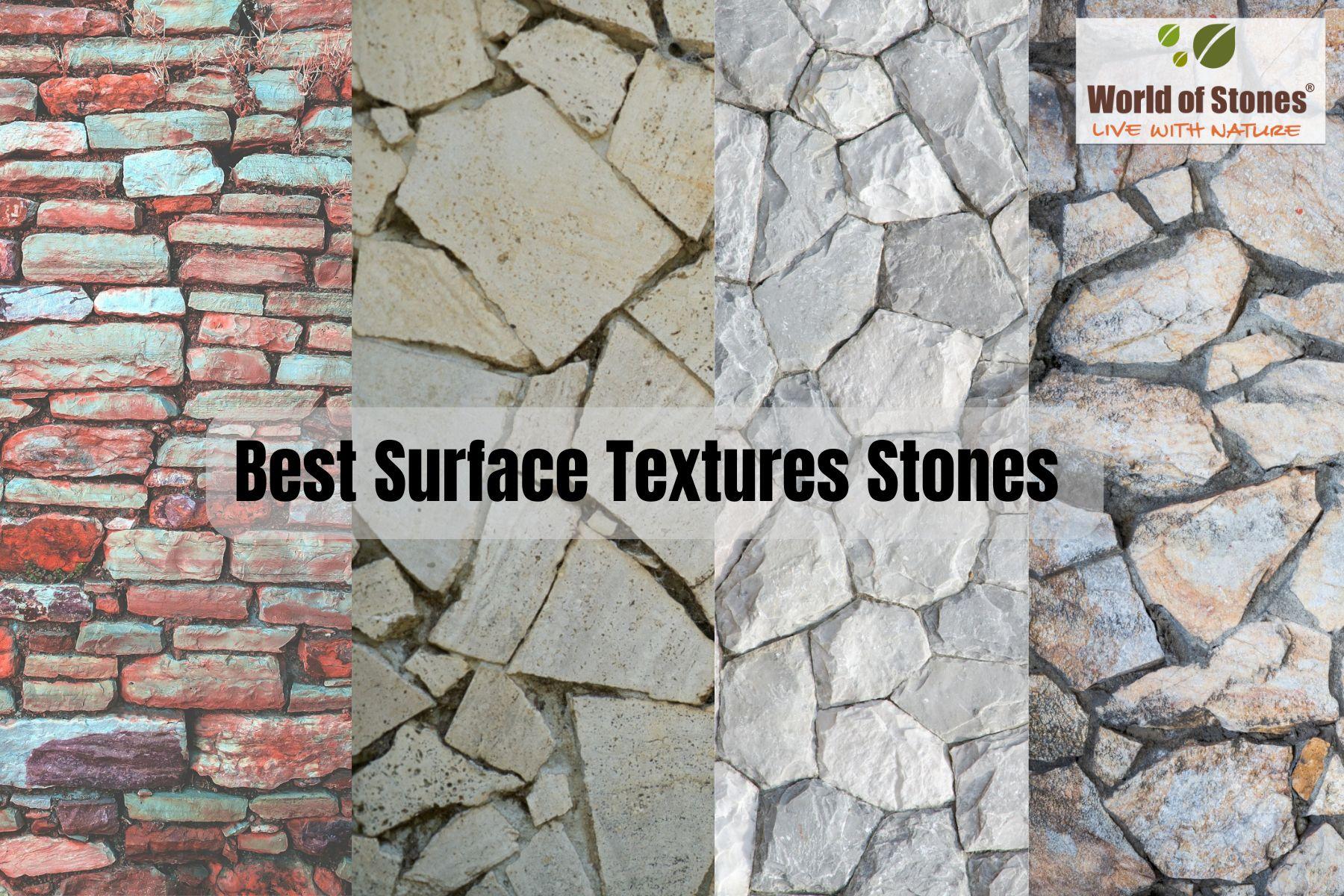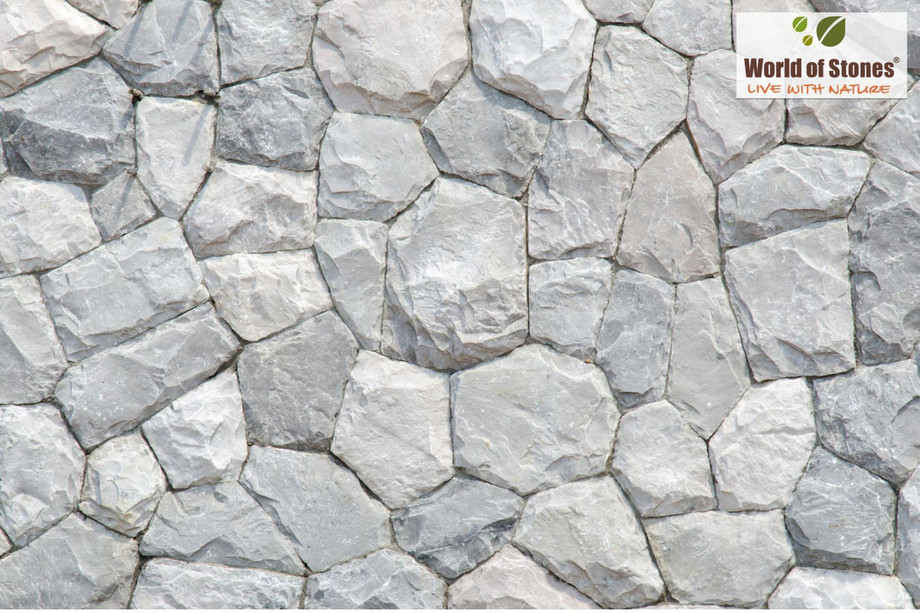Texture is a crucial design element that can bring warmth and aesthetic intrigue to any project. Natural stone has a variety of surface textures, including polished, honed, leathered, and brushed. While polished and honed surfaces are the most popular nowadays, leathered and brushed surfaces are gaining popularity due to their ability to instantly bring a unique flair to an otherwise sleek and glossy surface.
A simple method to add an earthy, multi-dimensional accent to your design is to use natural stone with a rough surface. Leathered slabs are versatile, and they may provide a splash of contrast to a sleek, modern design or compliment a rustic or transitional decor. In this blog, we will discuss the meaning of stone textures and types of surface texture stones.
What Is Surface Texture Stone?
Surface texture refers to the various natural, mechanical, and chemical procedures that can be used on natural stone to obtain a specific appearance (such as a smooth, worn-in appearance or a pineapple-like appearance) or physical attribute (a shiny surface or a non-reflective surface). Compound surfaces can be created using a variety of surface finishing procedures. A stone's colour profile can be altered by certain surface texture techniques.
Different Types Of Surface Texture Stones
Stones are recognised from one another based on two key criteria. The first is the stone's classification, which determines whether it is granite, marble, sandstone, or slate-stone. The texture of the stone is the second element to consider. This texture could be found naturally in that particular kind, or it could be created by hand. The following is a list of the eight most common types of surface texture stones-
Natural
Natural texture is found in the stones naturally, as the name implies. The natural clefts in the rocks created this texture. Natural textures can also be created by hand, emulating the natural patterns found on stones. The stone is cut along its rift line to do this. In terms of feel and appearance, the final texture is quite similar to natural.
Honed
A stone's honed texture is achieved by honing its surface consistently using a high grit substance. It's important to avoid turning the surface reflective while grinding it. This texture is commonly used in stones that are placed in high-traffic areas, buildings, and other large structures. Stones with a honed surface are porous by nature. The colours of honed stones, on the other hand, are not as vibrant as those of polished stones.
Polished
In contrast to the honed texture, the polished texture stones have a glossy appearance. These stones are likewise nonporous and come in a variety of bright colours. The gleaming surface of these stones results from polishing the crystals with bricks and powders during the manufacturing process rather than a gleaming coating. However, foot traffic can cause the polished surface to wear away over time. If cleaning agents are not used properly, the polished surface may corrode.
Tumbled
To generate an aged appearance, sand, stones, and water abrasion can be used to create a tumbled finish. This is a mechanical procedure. Tumbled finishes can make it appear like the floor has been trodden on for ages. It appears to be scuffed and weathered. The stone's edges are rough and chipped.


